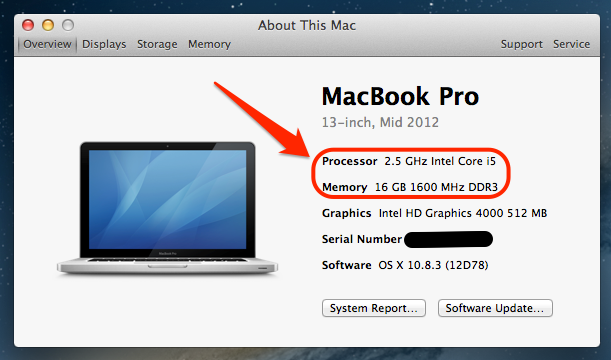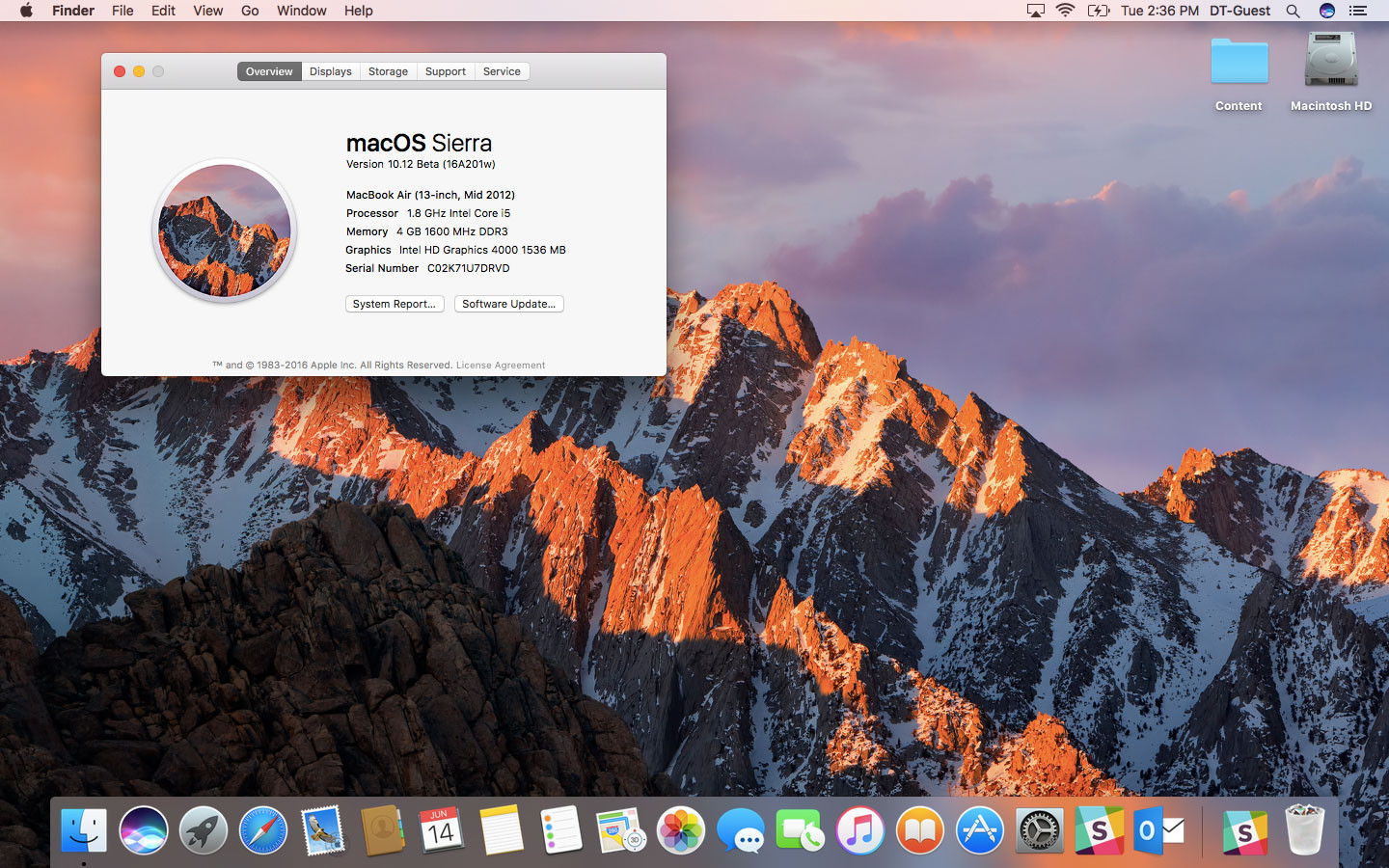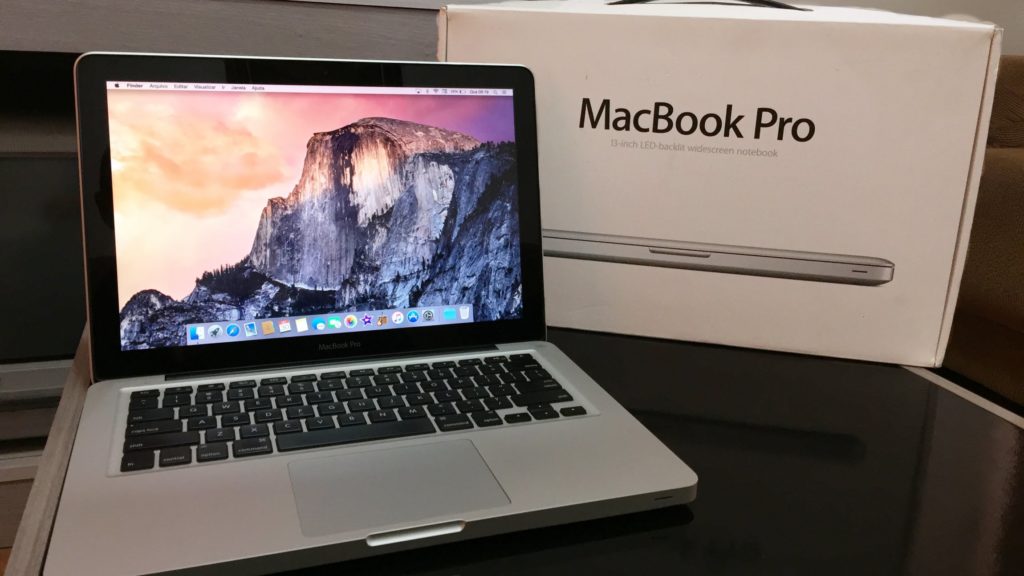

I can open several apps at once without suffering the indignity of endless beach balls. Now the Mac mini performs more like a MacBook Air (albeit still slower than one). Replacing the hard drive with an SSD removes that bottleneck.
#SPEED UP MAC PRO MID 2012 UPGRADE#
I used one such drive, from Mac-friendly upgrade company Other World Computing.
#SPEED UP MAC PRO MID 2012 SERIAL#
They can also be produced in much smaller sizes, though SSD makers also make them in housing designed to work as a plug-and-play Serial ATA (SATA)-equipped replacements for hard drives. They’re more reliable than hard drives too, since jostling them doesn’t risk damaging moving components inside. They’re also very quiet, since there are no moving parts. The flow of data is governed by basic physics – how fast electricity moves across circuits, the bandwidth of the controller chips and the peripheral interface.Īs a result, SSDs are very fast. But they’re not saddled with spinning motors, disk arms, or anything else that moves. They’re very sophisticated memory chips, connected to equally complex controller circuits which manage the flow of data hither and yon. SSDs comprise memory chips with no moving parts. More often than not, I’d start to do something, wander off until the Mac mini was ready, then get back to it. Using a Mac with limited memory, slow CPU and a spinning hard drive requires infinite patience. Starting up and shutting down took a long time too, as macOS handled all that virtual memory housekeeping. Trying to do anything was equally painful – lots of spinning beach balls while the Mac waited for data. Click on an app icon in the Dock, for example, and I’d lose track of how many “bounces” I’d watch until it finally opened. That’s why my poor Mac mini slowed to a crawl whenever I asked it to do something. It does so by pushing off a lot of work to “virtual memory,” which pages information out to storage when not in active physical memory. MacOS is not bad at navigating slower-speed CPUs and limited RAM overhead. A tiny arm outfitted with sensitive electronics reads and writes data sequentially to the disc surface by changing microscopic parts of the surface’s magnetic polarity. Your data is written to a disc of magnetic material that spins on a central motor. Inside each hard drive is a mechanism that looks remarkably like a record player. Different materials, upgrades in mechanisms and capabilities, much better electronics inside, but mechanically similar enough that there’s no mistaking it. The one I disassembled was bigger, slower, noisier, and less reliable than the ones used in computers today, but with the cover off, it looked just the same as a modern one. Hard drives are faster, smaller, and use less energy than ever before, but they’re still essentially unchanged in basic concept from the first refrigerator-sized storage devices that IBM developed for its room-sized computers more than half a century ago.Īlmost 30 years ago I worked for a hard drive company, and one of the first things I did when I started was to take apart a drive to understand how it worked. In the process, Apple sacrifices a lot of performance.Ģ1st-century computing saddled with 20th-century storage It’s little wonder that Apple continues to use them for low-cost, low-margin systems like the Mac mini. The price of SSDs has dropped precipitously in the past few years, but hard drives remain the champion of low cost per gigabyte – a 500 GB HDD replacement for a Mac mini costs you less than $50 at retail, while a 500 GB SSD might cost three times that amount. That’s because Apple continues to offer that model with a spinning hard disk drive, and that murders performance. I never expected it to win any races, but what kills the Mac mini compared to the MacBook Air isn’t the CPU or the RAM.

It comes with a 1.4 GHz CPU and 4 GB of RAM.

Regardless, I strongly recommend considering it – not just for a 2014 Mac mini, but for any older Mac you’d like to pep up.Īt $499, the base-model Mac mini is Apple’s least-expensive Mac, half the price of the MacBook Air but not nearly as peppy. If you’re using one of these models and you’re looking for a good way to bump up the performance, an SSD is, quite frankly, one of the only things you can do (unlike older Mac minis, Apple soldered the RAM in place).

I finally got around to upgrading my 2014 Mac mini with a solid state drive (SSD).


 0 kommentar(er)
0 kommentar(er)
